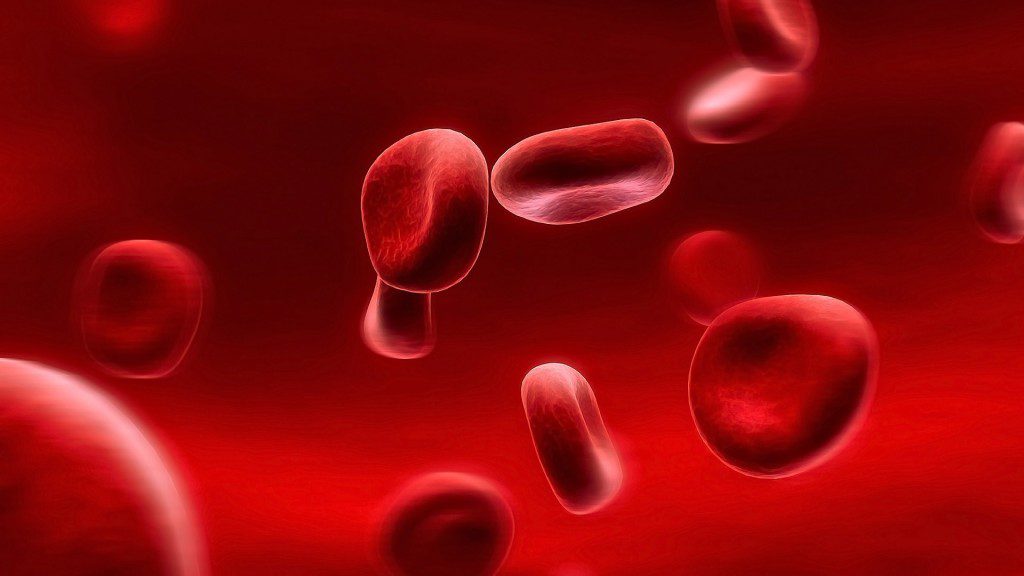Can Aesthetic Surgery be Considered as an Artifact? (Remastered)
I do not know if artistic practices are enough to be accepted as a work of art and make the author an artist, but I believe that even if there is a purely aesthetic concern in it, no medical procedure and/or surgery will or can make its practitioner (not the owner) an artist.
Regardless of its subject, purpose, objective, material, historical adventure, completion process, education, model, application place and time, art is a feeling of and a search for beauty and aesthetics, whereas, medical practices are interventions that aim to achieve a healthier, better and a beautiful outcome, which may (also) end with complication.
Doing work with fineness, technical skills and care at the art level is another concept (state of art); shaping a sculpture or the varied healing of a tissue due to the effect of different variables in each application under anesthesia and person-specific reasons and the result finally obtained over time is a different concept. A practitioner who considers his/her work as an artistic expression and evaluates the result obtained as “work of art”, is also the one who is entitled to a claim for non-pecuniary damages to be filed by someone who does not like the result (work). When someone says that his/her nose is not as he/she wanted, that the nose does not fit him/her, and that the former was more beautiful, the practitioner is now alone with his work and the compensation. If the judge also considers the result promised to someone in aesthetic surgeries as an artifact (indeed they do so), then we are in the soup.
There are innocent, naive, touchy surgeons who put sculpture, clay, plasterwork on their ad. They hang the certificates that can be received from municipality or university workshops in 15 days and the perception of I am an artist as well as a surgeon is proudly added on the perception of being a better surgeon. Judge asks the demi-god, who lives the loneliness of the elite or the invisible illusion, why this nose “you made” is not done as the claimant wished! Is the answer in that certificate or in the competence that should be present and sought for in every practitioner for medical interventions?
Let’s gear up…
Aesthetic, which is a branch of philosophy, seeks beauty. Usually, the beauty that is simple and pure. Aesthetic interventions (also) seek for beauty. What is here sought (the absence of which is felt) is the completion and integration that gets up always with the harmony which is the beautiful one, sometimes with symmetry, and occasionally with the natural one. Aesthetic uses senses when evaluating the beautiful one. Aesthetic interventions do not need to be completed with senses; they are the open-front, open-back and open-ended applications for living tissues to be transformed into value for completion and harmony. The practitioner starts from the existing one (the practitioner cannot choose the material, “portfolio”), completing the formation with the individual characteristics of the existing one and again in a process specific to the person.
Aesthetic-art-relationship-1D5B-51E8-E130 To indicate this, I use the result of art-oriented studies for shaping and the final result of medical practices for integration and transformation. Artistic expressions do not consider completion and harmony as a rule and condition, conveying the expression, reflecting the emotions is sufficient. Whereas medical practices are almost always considered incomplete and/or even unpleasant without completion and harmony.
In practice, there is neither such a task sharing, hierarchy, sequence, necessity, condition (caprice) nor are they sought. Artistic expressions may be set off by inspiration, you can work with stone, emotions can be transformed into color, and anger into hard and sharp lines. Moreover, the appreciation of artistic work is related to the individual’s perception capacity, intellectual depth, cultural richness, and cognitive level, while in aesthetic interventions, appreciation is based on standards. The belt is improved, the breast is lifted, the skin is stretched, the lip is swollen. This. Is there harmony, is it symmetrical, is the expectation satisfied, is it natural, is the scar unremarkable? Finished.
I think that aesthetic and/or surgical applications are not artistic expressions and that the result is not an artifact, but a medical result (open to complications), that the person undergoing an application has as much effect as the practitioner and that the practitioner will not contribute to and participate in any question related to art with the surgery he performs, regardless of whether he/she handles the work at the art level, however, if the practitioner insistently asserts this, then he/she will also be entitled to compensation and that it is the ethical competence that the keyword that should not be forgotten in all this process is the ethic competence mentioned in aesthetics with regard to scope and content. Isn’t it a signal that cannot be overlooked, which lapses into a tragic expression when realized? To be continued.





